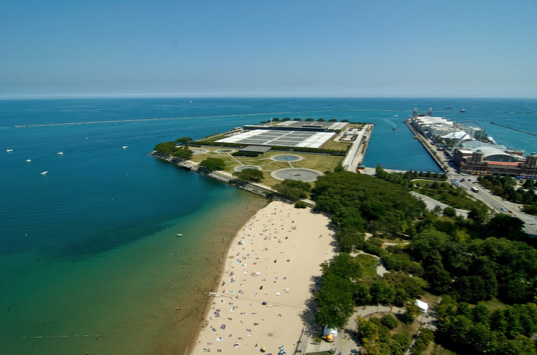
“Actor Perceptions of Good Design for Real Estate Development”
by Peter Hendee Brown
in Routledge Companion to Real Estate
Squires, Heurkens, and Peiser, editors
Routledge, 2017
Abstract
Good design improves the economic value of a real estate development project and its intrinsic value to the community. Real estate developers orchestrate a design process that integrates financing, entitlements, project economics, market dynamics, and risk management. This design process is not a solo act but rather an ensemble performance by a large cast of actors including neighbors, community groups, politicians, investors, lenders, buyers, architects, and developers. These actors often represent a broad range of competing and sometimes contradictory interests who exert varying degrees of influence on the design process and the physical form of the building. These actors also have very different ideas of what “good design” means and they see a project differently based on whether they are more interested in their experience of the exterior or the interior of the building. The developer must listen carefully and balance these interests, using the design process to manage risk and ensure a successful project that attracts capital, community support, city approvals, and interested buyers.